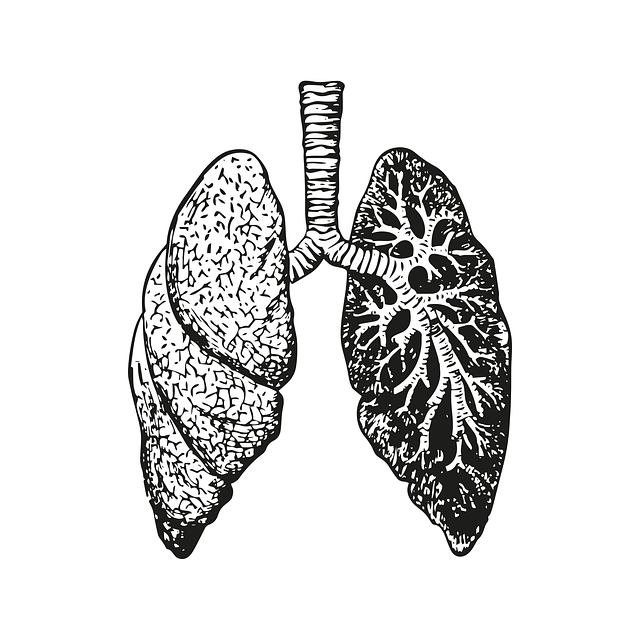Share This Article:

Frankfort, KY (WorkersCompensation.com) -- Throughout the coal belt in Kentucky, West Virginia, and Virginia, “there’s an unacceptably large number of younger miners who have end-stage black lung disease and the only choice is to get a lung transplant or wait it out and die,’’ according to a report by the National Institute for Occupational Safety and Health.
United Mine Workers of America International President Cecil E. Roberts said scientists have linked the new wave of lung disease to miners breathing in more silica dust, the likely result of a decades-long shift toward mining thinner coal seams that require cutting into surrounding rock.
“Silica dust from pulverized rock can damage lungs faster than coal dust alone,” said David Blackley, an epidemiologist from the National Institute for Occupational Safety and Health at the Centers for Disease Control (CDC). He also said that modern machinery, insufficient training for workers and longer work hours may also contribute to increased dust exposure.
Federal investigators found that more than 400 coal miners frequenting three clinics in southwestern Virginia between 2013 and 2017 were found to have complicated black lung disease, an extreme form characterized by dense masses of scar tissues in the lungs.
“What’s going on is that black lung is making a comeback because miners are getting too much coal mine dust. We’re seeing new black lung cases in coal fields around the United States, but by far the biggest resurgence has been in central Appalachia, so Kentucky and West Virginia,’’ said Blackley.
Blackley reports that black lung cases are now as high as we have seen since we began keeping records in the early 1970s. “Along with that, we’re seeing black lung onset in younger miners in their 40s and 50s and we are seeing rising numbers in state and federal disability,” said Blackley.
More than 100,000 miners in the past century died from black lung. And today miners receive 40 percent less than they should be getting, according to the United Mine Workers of America International which represents 40,000 miners. When the Federal Black Lung program was created in 1969, single miners with no dependents received $144.50. Now, adjusted for inflation, payment should be more than $1,200, but miners only get $738 under current law.
“We have known for years that rising levels of silica in mine atmospheres was causing dramatic increases in progressive massive fibrosis,’’ said Roberts of the United Mine Workers of America International. “Workers in other industries have long been protected from excessive exposure to silica dust,’’ Roberts added.
But help is on the way now. The Mine Safety and Health Administration has proposed a new rule limiting silica dust in mines. This proposed rule will limit the level of silica dust in mines – meaning that miners will no longer be subject to breathing in microscopic rock particles that never leave their lungs.
There are more than 900 active coal mining operations in the United States. And based on U.S. coal production in 2021, of about the 0.577 billion tons of coal, the recoverable coal reserves would last about 435 years, and recoverable reserves at producing mines would last about 21 years, according to the Department of Energy.
AI california case file caselaw case management case management focus claims compensability compliance compliance corner courts covid do you know the rule exclusive remedy florida FMLA glossary check Healthcare hr homeroom insurance insurers iowa leadership medical NCCI new jersey new york ohio pennsylvania roadmap Safety safety at work state info tech technology violence WDYT west virginia what do you think women's history women's history month workers' comp 101 workers' recovery Workplace Safety Workplace Violence
Read Also
- Nov 15, 2025
- Liz Carey
- Nov 15, 2025
- Frank Ferreri
About The Author
About The Author
-
Chriss Swaney
Chriss Swaney is a freelance reporter who has written for Antique Trader Magazine, Reuters, The New York Times, U.S. News & World Report, the Burlington Free Press, UPI, The Tribune-Review and the Daily Record.
More by This Author
Read More
- Nov 15, 2025
- Liz Carey
- Nov 15, 2025
- Frank Ferreri
- Nov 14, 2025
- Frank Ferreri
- Nov 14, 2025
- Claire Muselman
- Nov 12, 2025
- Frank Ferreri
- Nov 11, 2025
- Claire Muselman




